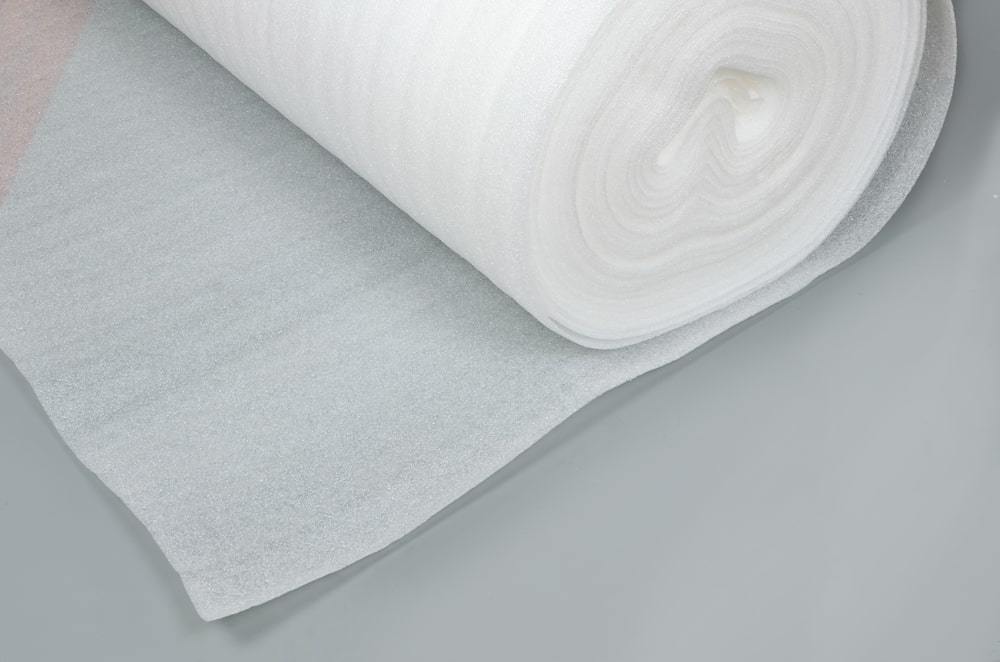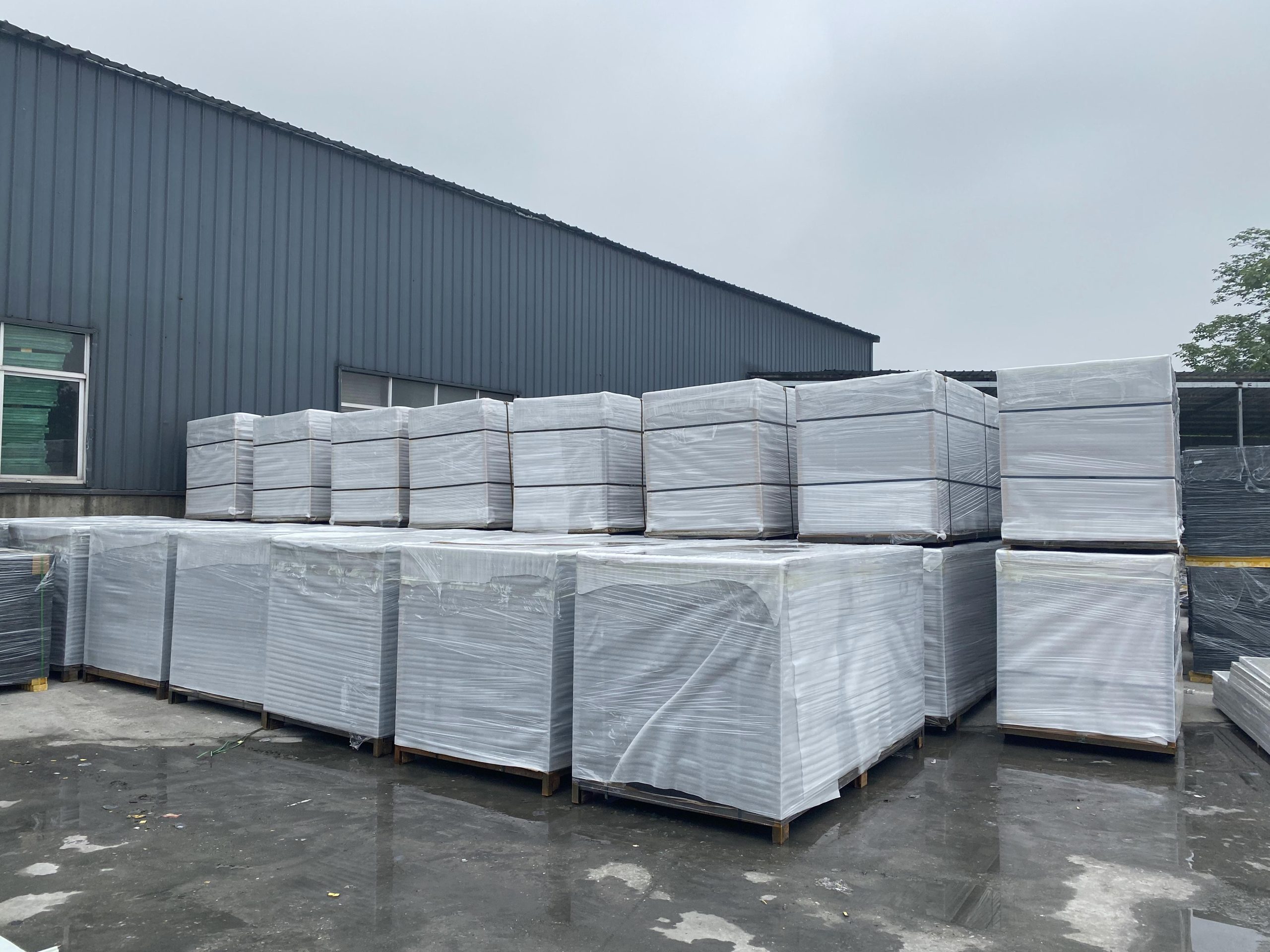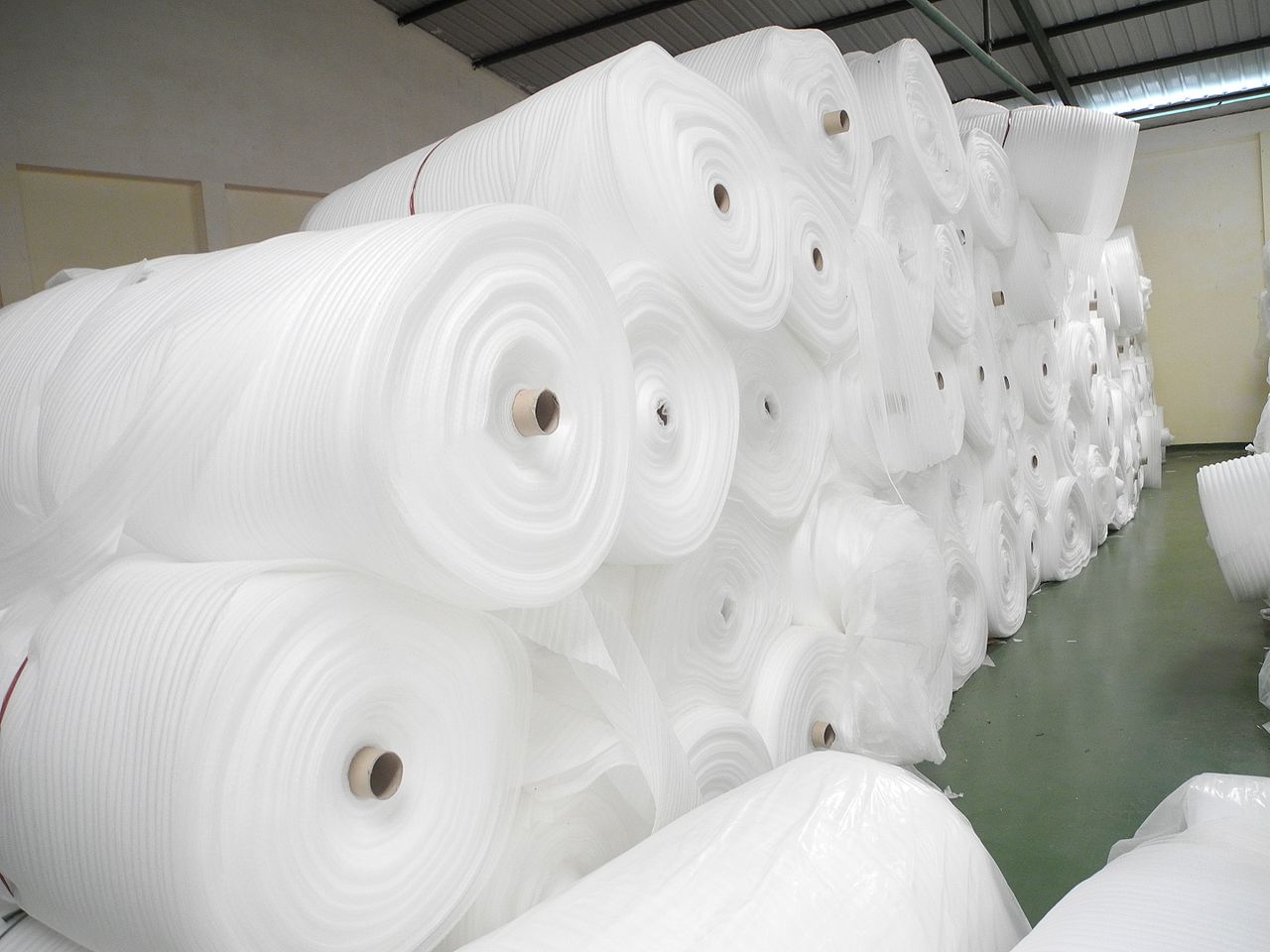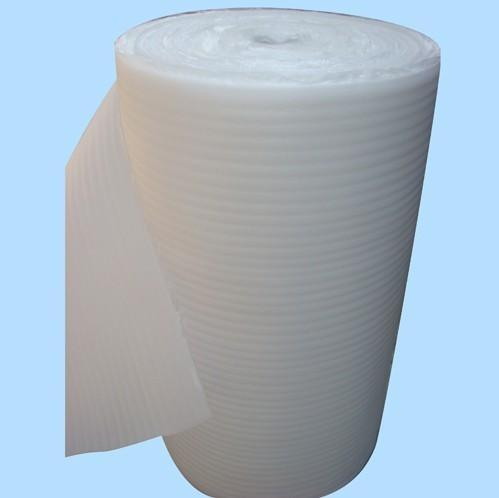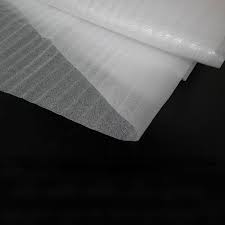*A common classification of polyethylene, often used in manufacturing industries, is low-density polyurethane foam (PE foam). Polyethylene, abbreviated PE, is the most commonly used type of plastic, and is made up of ethylene monomers linked together. When the monomers are polymerized they are bonded together creating a stable thermoplastic, but different methods of polymerization yield different kinds of polyethylene. Therefore, polyethylene’s traits are highly contingent upon the polymerization process, and can be divided into several categories depending on properties such as density and branching.
*Like basic ethylene, which is highly chemical-resistant, low-density polyethylene (LDPE) possesses similar traits. As a closed-cell foam, the structure is neither completely solid nor completely flexible, rather it assumes a semi-rigid structure. However, even in its semi-rigid form, polyethylene foam can have varying textures, appearing soft like urethane foams or harder like some polystyrene foams. There are two general types of low-density foams, distinguishable from one another by the process with which they are formed.
Product performance introduction
PE(Polyethylene)Foam Roll
Protect delicate items for shipment and storage with low cost, shock absorbing polyethylene foam.
Clean, non-abrasive, lightweight and waterproof.
Applications
Polyethylene foam has numerous applications because of its many desirable properties including water-resistance, chemical resistance, energy-absorbance, buoyancy and cushioning characteristics. Compressive strength is greater in denser foams, decreasing as density decreases. Low-density foams tend to exhibit more compressive creep, meaning they become less thick over time, than higher-density foams.
Electric materials often use low-density polyethylene foam because it does well in applications that call for dielectric strength and constancy. Additionally, many applications that must perform in the presence of water also depend on polyethylene foam for its high water resistance and buoyancy. The packaging industry uses LDPE foam packaging to protect products because it absorbs energy and can act achieve different levels of cushioning protection depending on the exact density of the foam. Ethylene foam’s chemical-resistance properties also enable it to resist common causes of degradation. However, ultraviolet sunlight exposure, over a long period of time, can cause some basic degradation.
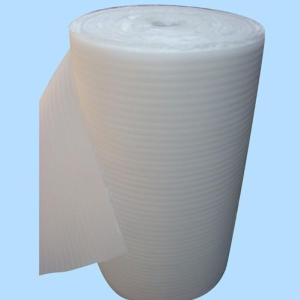 |
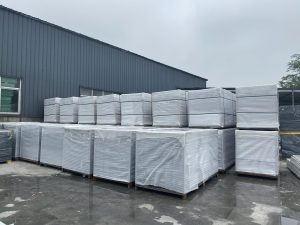 |
PE(Polyethylene)Foam Roll
Series :
PE Foam >application
FRP Grating
Brand name :
TFcomposite
Product name :
PE(Polyethylene)Foam Roll
FAQ
Q :
Are you a manufacturer?
A :
Yes,we are amanufacturer,We have own factory,which is located in Jiujiang,China.We have a leading power in producing and exporting galvanized steel coil,galvalume steel coil,ppgietc.We promise that we are what you are looking for.
Q :
Can provide OEM/ODM service?
A :
Yes. Please feel free to contact us for more details discuss
Q :
What's your delivery time?
A :
Regular lead time is 15 to 30 days after receiving deposit.
Q :
Can you design for us?
A :
Yes,we can design for you as your request.
Other related products

